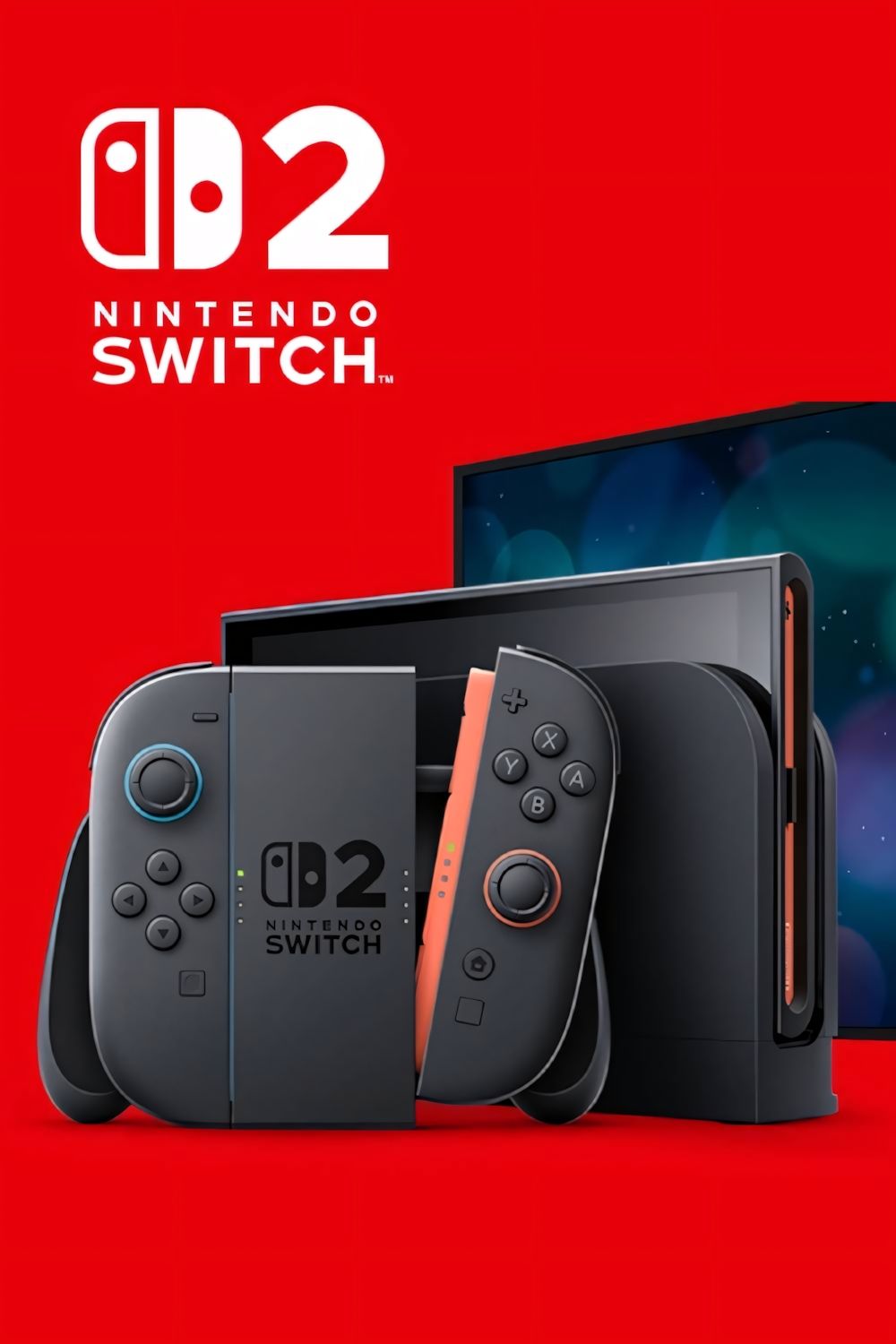
Fans have noted that modifying the Nintendo Switch 2’s default HDR setting can significantly enhance performance in numerous games. High Dynamic Range, now a standard for most contemporary displays, is fully supported by powerful handheld consoles like the newly launched Switch 2. Nevertheless, users have started to suggest that HDR might actually impede the gameplay experience for certain titles.
For those unfamiliar, HDR (High Dynamic Range) is a visual enhancement technology that broadens the color range and heightens bit depth. Traditional displays that utilize SDR (Standard Dynamic Range) often struggle to differentiate between similar shades, especially in very bright or dark scenes. HDR mitigates this by enabling displays to exhibit a wider spectrum of colors, allowing for more accurate shading. Although this technology seems almost universally beneficial, it can create complications, a fact some users have demonstrated while engaging with the Nintendo Switch 2.
Recently, discussions on Reddit have encouraged players to turn off the automatic HDR feature of the Switch 2, which applies HDR to all software by default, even those that lack support for it. This has led to compatibility issues with older, non-HDR games, resulting in visuals appearing glitchy, overexposed, or washed out. Fortunately, users can switch the setting to ‘Compatible Software Only’ to avoid these problems. Players who have implemented this workaround noted significant enhancements in previous-generation games on the Switch 2.
Suggested Steps to Change the HDR Setting:
- Access System Settings
- Navigate to the “Display” tab
- Adjust HDR to “Compatible Software” only.
Disabling HDR for older games will greatly improve their appearance on the Switch 2. Moreover, this adaptive setting has the potential to lower the console’s energy usage, resulting in better visuals and an extended battery lifespan.
Critics, however, have accused Nintendo of exaggerating the HDR capabilities of the Switch 2’s display, claiming it is merely an adjusted version of previous SDR technology designed to simulate HDR. They point specifically at Mario Kart World, arguing that the graphics lack noticeable highlights and depth. Others counter that users must properly calibrate their TV settings to achieve optimal visual quality.
The HDR debate is not the only controversy besetting the Switch 2’s display. Before the console’s release, fans expressed disappointment over Nintendo’s choice to use LCD technology instead of OLED displays. Nintendo’s defense claimed the advanced LCD screens could surpass certain OLEDs, but it remains unclear how they will address growing criticism about the HDR performance of the Switch 2.
